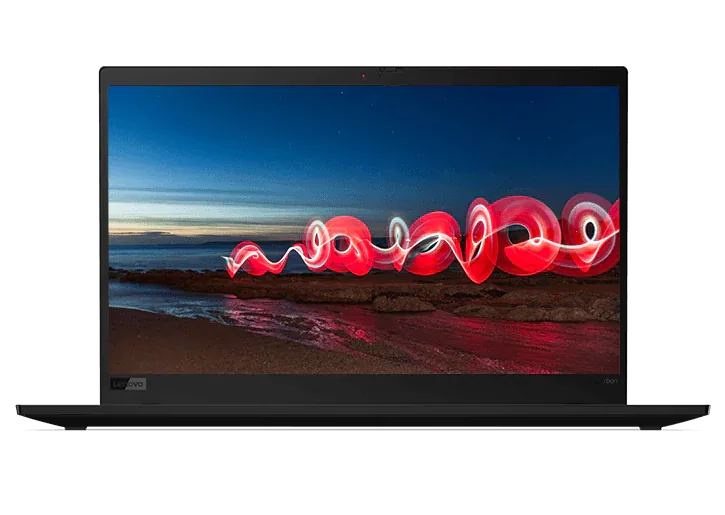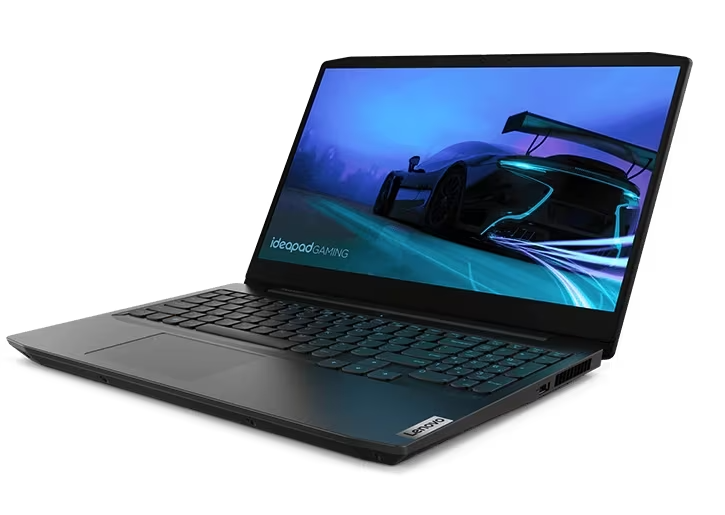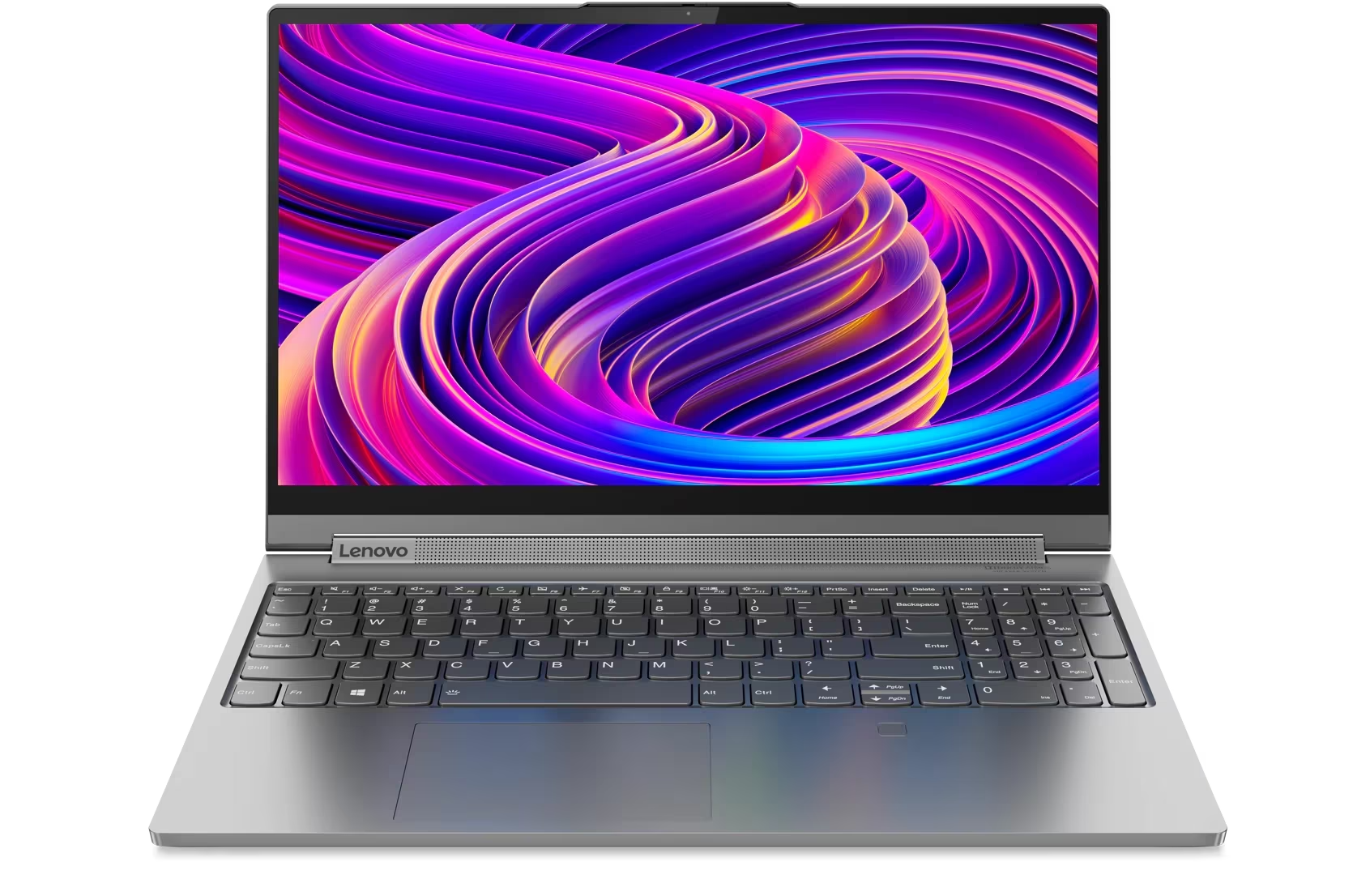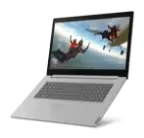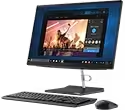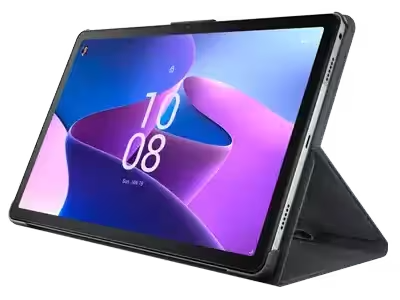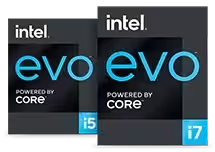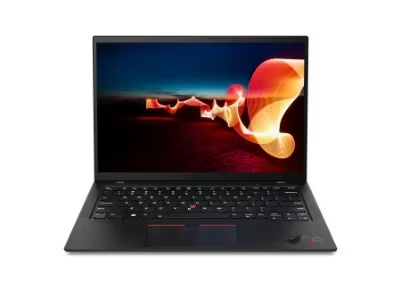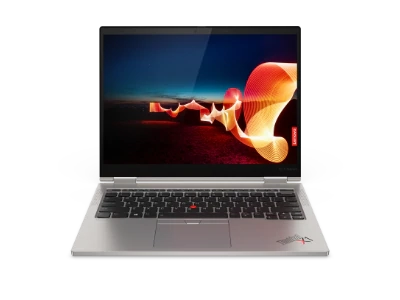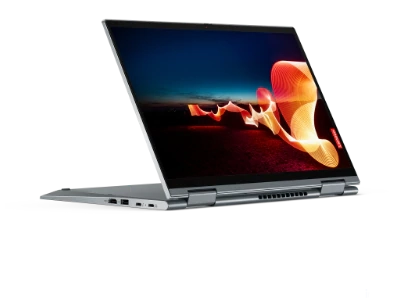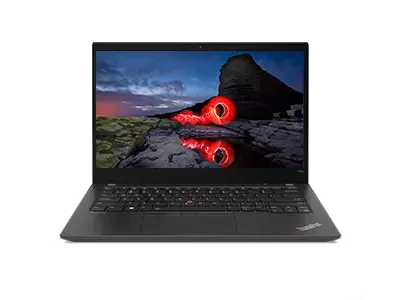What is VR, AR, and MR?
Virtual reality (VR) is an interactive, computer-generated depiction of a real or artificial world. Mixed reality (MR) is an interactive depiction or view of combined real-world and computer-generated elements. Augmented reality (AR) provides a real-world view with additional, computer-generated enhancements overlaid on the scenery around you.
However, ask a dozen people and you'll get a dozen different descriptions of VR, AR, and MR. One thing's for sure, though: From education to entertainment, it's increasingly a VR (and AR/MR) world.
Virtual reality, augmented reality, and mixed reality: Differences & applications
The acronyms VR, AR, and MR are often used interchangeably. For many, "VR" is a catch-all phrase that applies to anything that's life-like and computer generated, but the terms are clearly distinct.
VR vs. AR vs. MR
Here's a simple way to understand the differences between VR, AR, and MR:
- Virtual reality (VR) example: A computer-generated living room in which your simulated self can move around and interact with the virtual furniture and houseplants, or the simulated selves of others like you.
- Augmented reality (AR) example: A real-time view of your own living room that you can virtually enhance with different paint or carpet colors, or call up virtual "floating" screens to read email or watch a game.
- Mixed reality (MR) example: Another real-time view in which virtual selves or objects are also displayed -- but where the real and artificial elements can interact (ex. placing a virtual pencil on a real table).
Again, these descriptions are simplified. Virtual reality (VR) is easy to distinguish from the other technologies, because it's a 100% digital experience, whereas the others combine real and digital aspects. Meanwhile, the distinction between augmented reality (AR) and mixed reality (MR) may be lessening, as in many ways, MR is just an enhanced, more interactive kind of AR.
How are VR, MR, and AR used?
Virtual reality, mixed reality, and augmented reality are changing the way we live and work. Surgeons can now train for life-saving operations on virtual operating tables. Home chefs can use augmented eyeglasses to see step-by-step recipes while working at the stove. There are even plans for vast, mixed reality warehouses where goggled staffers fill shipping boxes based on packing lists that "float" before their eyes.
VR, AR, and MR are changing the way we play, too, as each technology is being widely applied in the computer gaming industry. Some of these games need just a smartphone while others demand a VR gaming laptop or VR-ready tower PC. Viewing goggles (see the Lenovo Mirage Solo) are sufficient to enjoy some games, but for more immersive experiences, there are advanced VR headsets such as Oculus Rift, HTC Vive, Microsoft Hololens, and our own Lenovo Explorer Lightweight Headset.
Virtual reality gaming
VR games place users in completely digital, computer generated environments. Game action is viewed with advanced VR headsets or goggles and controlled through the movement of the headsets or other devices such as VR gloves, control pads, and so on.
Augmented reality gaming
AR games place digital game elements into (or lay them over) the users' actual environment but keep the digital/artificial aspects of the game separate. Some AR games use head-mounted devices, but others need only simple views such as through a smartphone camera.
Mixed reality gaming
MR games combine real and digital elements in a way that allows the user to interact with both at the same time. Unlike VR games, MR games are considered to be "anchored" to actual physical space, so your coffee table can be an integral part of the contest. Windows Mixed Reality is a popular mixed reality platform, although analysts say it is still mostly VR focused at this time.
Ready to explore the world of VR, AR, and MR gaming? Learn more by reading these related FAQs:
- What is VR Gaming?
- What is a VR-Ready Gaming Laptop or VR-Ready Gaming PC?
- Minimum Specs for VR-Ready Gaming Laptops and PCs
